Posts By


Federal Judge Mark L. Wolf resigned, did we lose or gain a Champion?
Federal Judge Mark L. Wolf recently resigned from the District Court for the District of Massachusetts to protest President Trump’s actions. In a published essay, he stated his resignation was necessary to speak out against what he called an “existential threat to democracy” and an “assault on the rule of law”.
Wolf resigning could have different layers of impact depending on what role he held, what powers or constraints he faced, and what his priorities are now that he’s no longer in that position. Here are a few key angles:
1. Constraints vs. Freedom
-
In office or under court oversight, even someone willing to fight often has to play by restrictive rules—legal, procedural, or political.
-
Resigning may remove those constraints, allowing him to act more aggressively or strategically. For instance, he might write, speak, or organize in ways that were impossible while he was officially constrained.
2. Visibility and Influence
-
On the downside, being out of office means less formal authority. He can’t issue directives, make binding decisions, or directly control resources.
-
His influence becomes more indirect—through public advocacy, advising others, or mobilizing networks. That can sometimes be more powerful long-term, but it’s less immediate.
3. Perception and Morale
-
Public perception is tricky. Supporters might feel abandoned and lose momentum or confidence.
-
But his exit could also galvanize others, especially if he frames it as a principled move to operate more effectively outside restrictive structures.
4. Strategic Timing
-
Timing matters. If the environment was increasingly hostile or the courts were blocking meaningful action, leaving now might be a calculated way to position himself for bigger impact later.
Bottom line: resigning doesn’t necessarily mean defeat. It could be a pivot. The hard part is waiting and watching to see if he channels his freedom into something tangible. The first few months after such a move are usually the clearest signal of intent and potential impact.


Viva La France and their Generosity
Just a few of the many inventions the French made that have or could impact our lives.
Champagne, oh that bubbly delight.

Beef bourguignon is a classic French beef stew from the Burgundy region, made by braising beef in red wine with bacon, onions, carrots, and mushrooms.

Our very own statue of Liberty.

The modern bra

And most importantly, but to be used only with discretion. The Guillotine. ‘Let them eat cake’

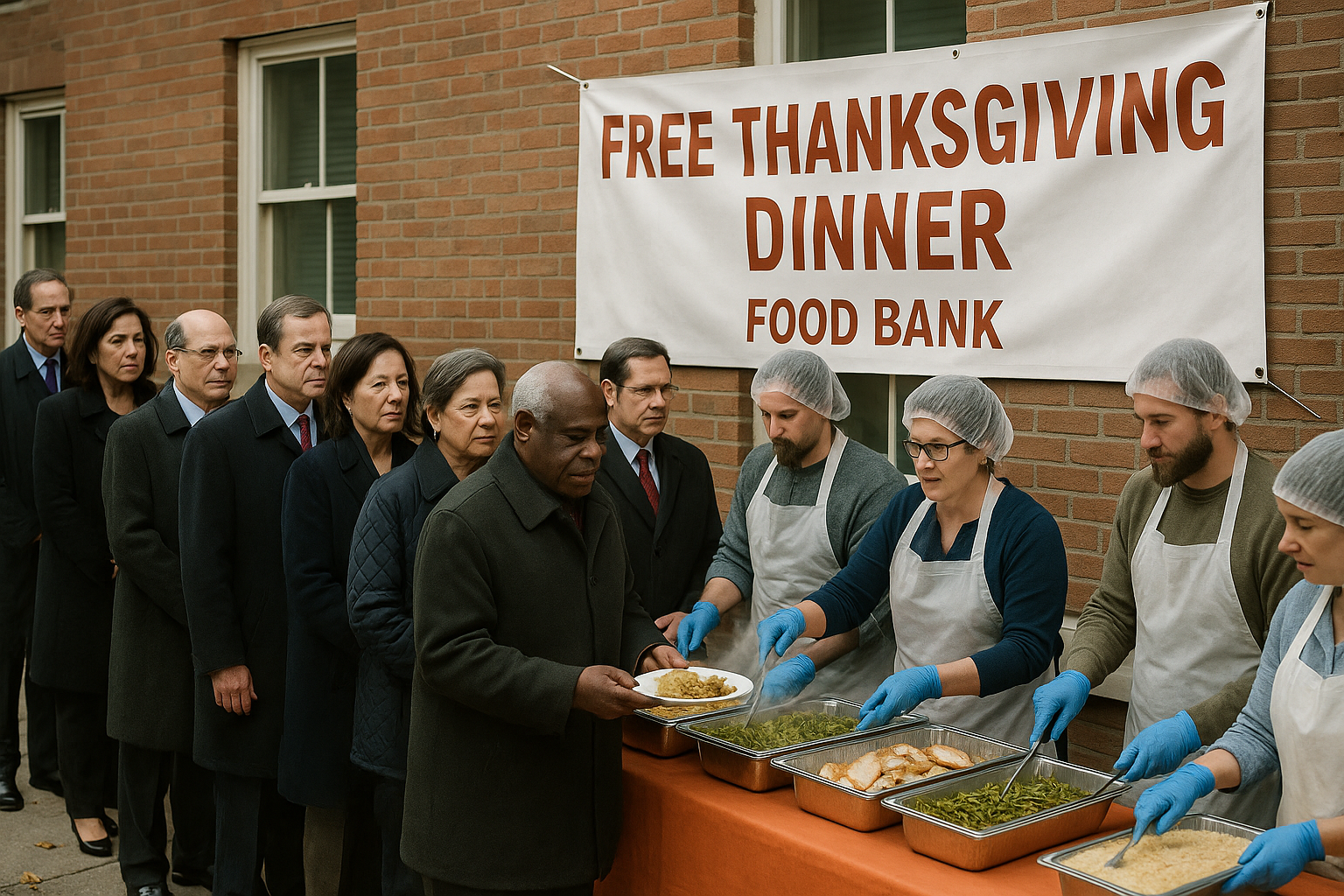

Hey SCOTUS, it’s time to start doing what’s right.
It’s time to put the Nation first and tell the Pumkin Head where to put it.
Current Status
- Payments on Hold: Full November SNAP benefits are paused nationwide pending the 1st Circuit’s ruling and potential further SCOTUS action. Partial payments (65% max) are proceeding where possible, but many recipients—especially in states that issued full amounts early—face uncertainty and delays. Food insecurity is rising, with reports of long lines at food banks and families skipping meals.
So Scotus and MAGA Senators, wipe the brown stain off your faces, make a huge donation instead of stuffing it into your own pockets and go have Thanksgiving with the people who pay your salary.
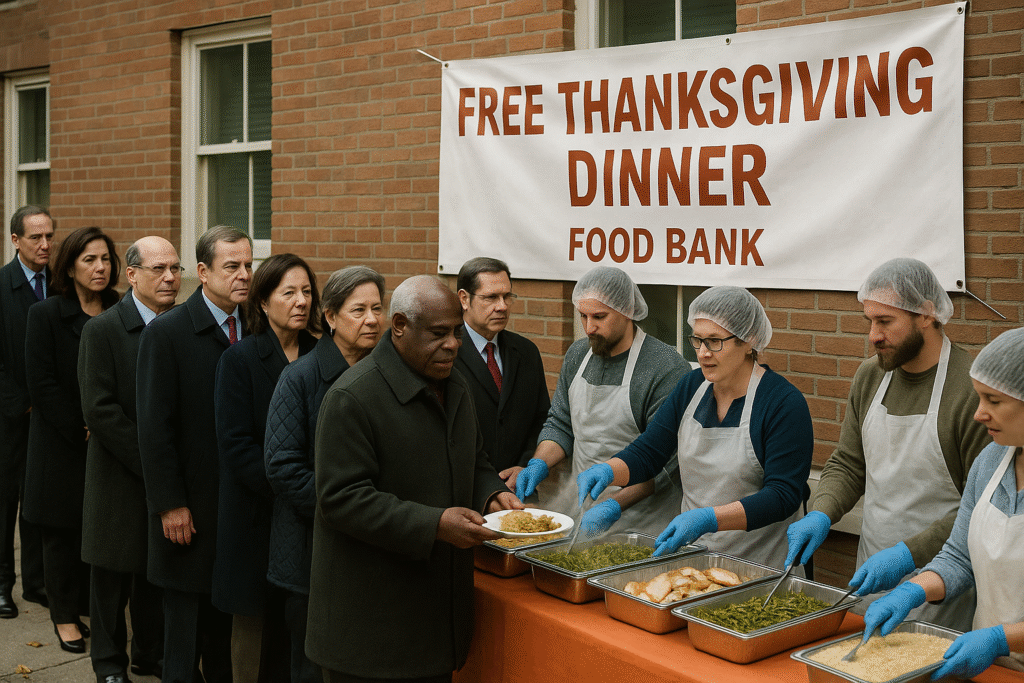
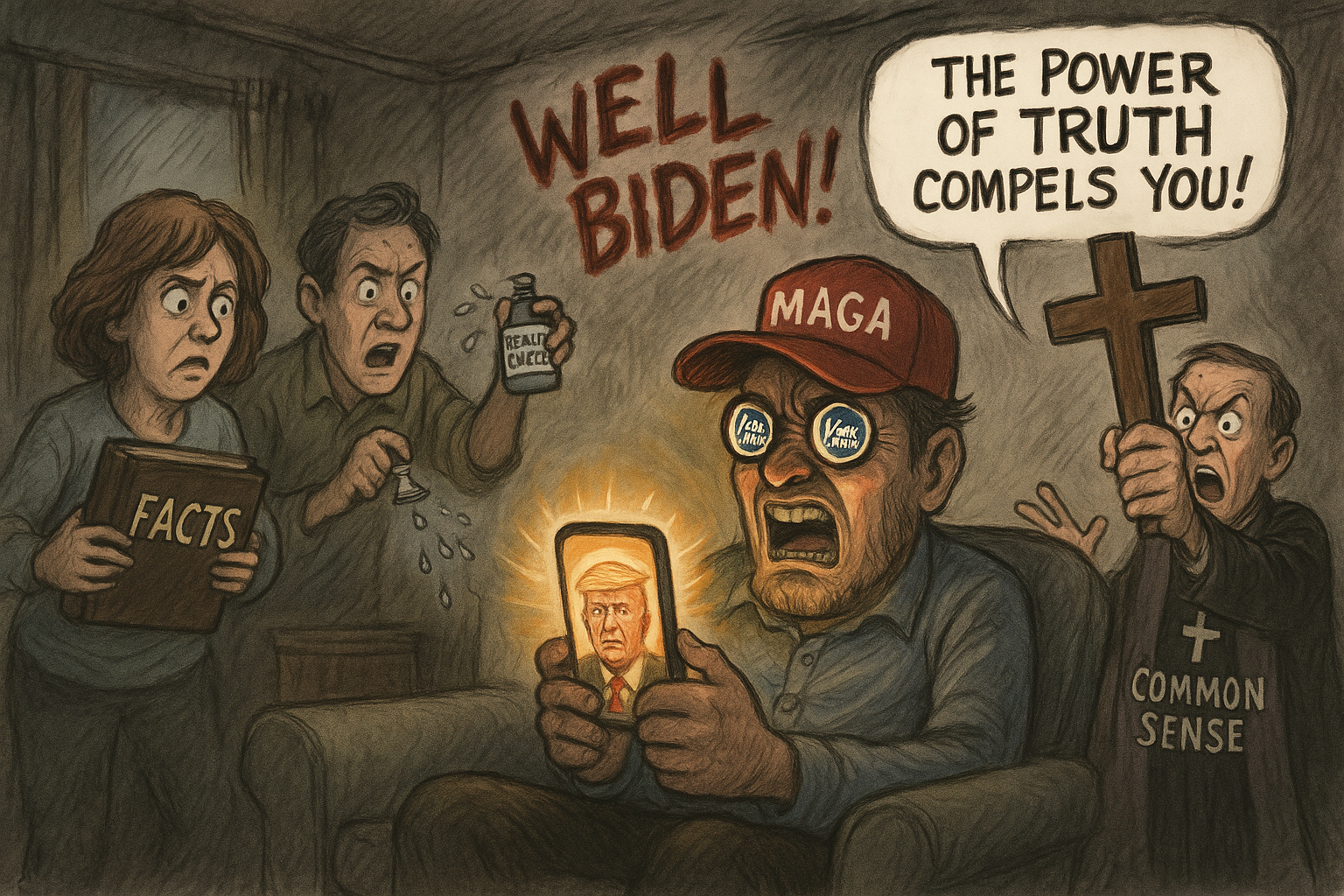
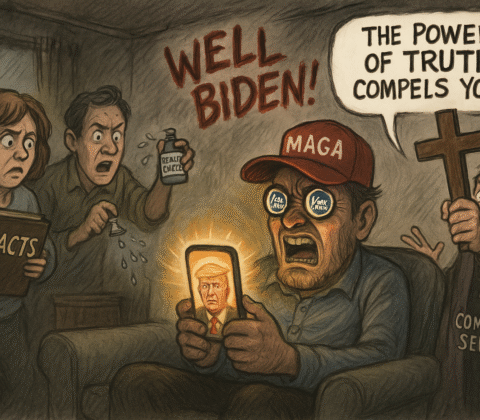
The MAGA Christmas, take one
Do you have a family member that responds, Well Biden, every time a Trump fiasco hits the fan? Well for this Christmas, get them a true gift. Get them an exorcism.



Breaking News – Commemorative Throne Opensd to the Public
BREAKING NEWS:
The Donald “John” Trump Commemorative Throne opens to the public this week, inviting admirers to bask in marble and gold while paying tribute to the man who never met a surface too shiny to name after himself. Visitors are encouraged to reflect, recline, and perhaps flush away lingering doubts about the golden age of self-promotion.



The highest probablity numbers to pick to win the lottery.
Aunt Agnes’ birthday, a sure winner. My dartboard said to use these numbers.
Question:
In picking lottery numbers, is there any validity it running past winning numbers to select a high probability set or are the actual balls swapped so frequently it would be a waste of computing power?
Answer:
No, there is zero validity in analyzing past winning lottery numbers to select a “high-probability” set. Here’s why, with clear reasoning:1. Lotteries Are Designed to Be Random and Independent
- Each draw is an independent event. The probability of any specific number combination is the same on every draw, regardless of history.
- For example, in a 6/49 lottery, the odds of any one ticket winning are 1 in 13,983,816 — and this never changes, no matter what numbers came up last week or last year.
2. Physical Balls and Machines Are Calibrated for Fairness
- Lottery balls are not swapped so frequently that it matters — but they are regularly inspected, weighed, and calibrated to ensure uniform randomness.
- Some lotteries use the same set of balls for years, with routine maintenance. Others rotate sets. Either way, the goal is consistency and fairness, not to “reset” patterns.
- Modern lotteries use gravity-pick machines or air-mix systems certified by independent auditors. Any bias (e.g., heavier balls, worn grooves) would trigger an investigation and invalidate results.
3. The Gambler’s Fallacy Is the Core Misconception
- People think: “Number 42 hasn’t come up in 50 draws — it’s due!”
- Wrong. The balls have no memory. Past draws don’t influence future ones.
- This is a classic cognitive bias. Even if a number has appeared frequently, its future probability remains exactly the same.
4. Data Analysis Is a Waste of Computing Power
- Running frequency analysis, hot/cold numbers, wheeling systems, or AI pattern recognition on historical data cannot improve your odds.
- Any “pattern” you find is pure coincidence — like seeing shapes in clouds.
- Professional statisticians and mathematicians (including those who design lotteries) confirm: no predictive edge exists.
What Does Matter (Slightly)
- Avoid popular number patterns (e.g., 1-2-3-4-5-6, birthdays ≤31) — not because they’re less likely to win, but because if they do win, you split the prize with more people.
- Random quick picks are statistically ideal — and most jackpot winners use them.
Bottom Line
If you enjoy number-crunching for fun, go ahead — but treat it like entertainment, not strategy. The only “high-probability” way to win the lottery is not to play, or to buy every possible combination (which costs more than the jackpot).



Weightloss, The Math, the Messaging, and the Missing Piece
During the November 6, 2025, Oval Office press conference, Dr. Mehmet Oz stated that Americans could collectively lose 135 billion pounds by the 2026 midterms thanks to the new deals making GLP‑1 weight-loss drugs more affordable. That would have implied roughly 400 pounds per person across the U.S. population — an obviously enormous number. He later clarified in an interview that he meant 135 million pounds, calling the billion-pound estimate a slip-up, and noted that his initial reference of 125 million pounds came from company projections. Health Secretary Robert F. Kennedy Jr. had previously projected a more modest 125 million pounds of collective weight loss.
This event coincided with President Trump announcing price cuts for GLP‑1 drugs like Wegovy and Zepbound from over $1,000 to as low as $149 per month for Medicare/Medicaid users, with executives from Eli Lilly and Novo Nordisk present. The conference even paused briefly when a Novo Nordisk executive fainted.
While the White House frames these numbers as a national health triumph — potentially preventing obesity-related illnesses and saving billions in healthcare costs — the broader issue remains: the two-tier system still privileges those with insurance or wealth, while leaving millions without coverage or resources behind. The projected weight loss is a headline grabber, but it doesn’t resolve the structural inequities in American nutrition and healthcare access.



11/09/2025 Veterans’ benefits and healthcare from the past 21 days:
-
Here are several recent updates (past ~21 days) on benefits and healthcare for veterans.
-
Department of Veterans Affairs announced that it has processed more than 2 million disability claims in the current fiscal year, reaching the mark faster than ever before. The American Legion+1
-
The VA reported that the backlog of disability claims (claims pending more than the threshold) has dropped to under 200,000 for the first time since March 2023. VA News+1
-
A federal appeals court unanimously rejected a VA request to delay rulings on veterans’ benefits claims amid the government shutdown, signaling limits on the agency’s ability to pause adjudications. The Guardian
-
An investigative report criticized as misleading by veterans-groups suggested “rampant” fraud in the VA disability system, but advocates counter that the core issue remains bureaucratic delays rather than broad abuse. The Guardian+1
-
Due to the ongoing federal government shutdown, nearly 37,000 VA employees are either furloughed or working without pay, and several VA services (GI Bill hotline, certain benefits offices, transition briefings) are disrupted. nypost.com
-
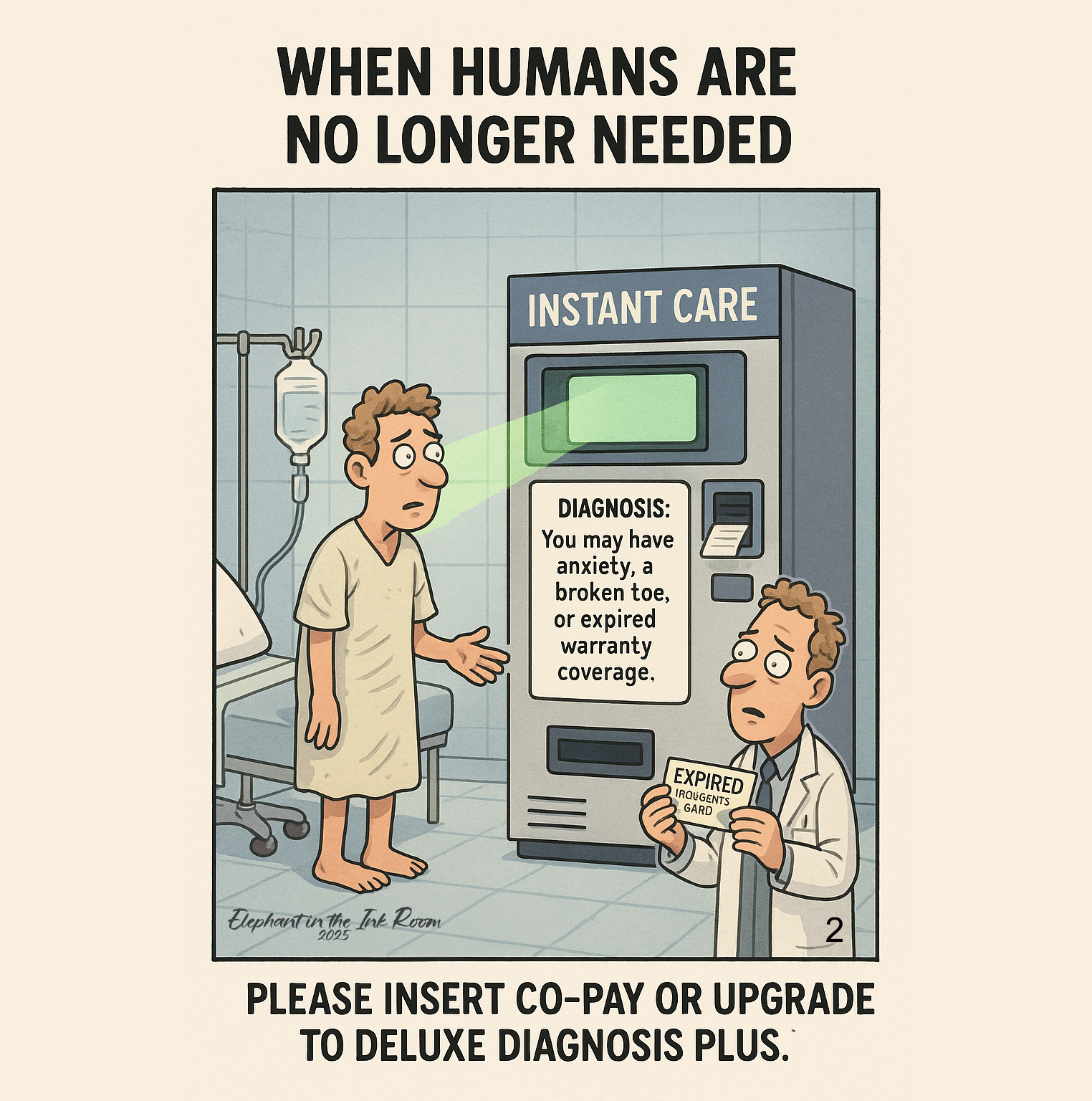
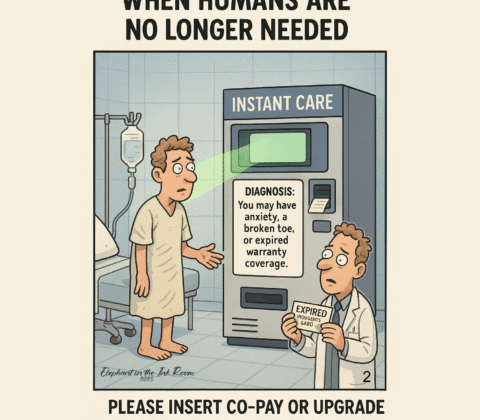
10/16/2025 Changes or Headlines for National Healthcare in the past 30 days
General Healthcare – October 2025
🇺🇸 United States
-
Government Shutdown Impact on Healthcare: The ongoing federal government shutdown has led to the suspension of two Medicare remote care programs, including telehealth and hospital-at-home services, which expired on October 1. Health Policy Institute of Ohio
-
Medicare Advantage Oversight: Dr. Mehmet Oz, Administrator of the Centers for Medicare & Medicaid Services (CMS), addressed concerns over in-home health assessments and rising Medicare spending on skin substitutes. He emphasized the need for efficient prior authorization processes and warned of potential regulatory actions against misuse. The Washington Post
-
Public Trust in Healthcare Leadership: An Axios-Ipsos poll revealed that a majority of Americans believe the nation is less healthy under President Trump’s leadership, citing concerns over vaccine policies and the dissemination of unproven health claims. Axios
-
California Legislation on Pharmacy Benefit Managers: Governor Gavin Newsom signed Senate Bill 41 into law, regulating pharmacy benefit managers (PBMs) to lower prescription drug costs. This legislation prohibits certain practices like patient steering and mandates PBM licensure through the state government. Wikipedia


Governing requires Thought not Fear
It takes intelligence, patience, and courage to govern—balancing competing needs, anticipating consequences, and building systems that endure. Dictating? That takes nothing but fear and greed. Instill panic or promise reward, and people fall in line. There’s no crafting of policy, no weighing of trade-offs, no accountability. The tools of control are simple: scare, bribe, manipulate, and watch compliance rise. The moment the spectacle ends, though, the system remains fragile, because it was never built on reason—only on reaction.
Share this:
Like this: